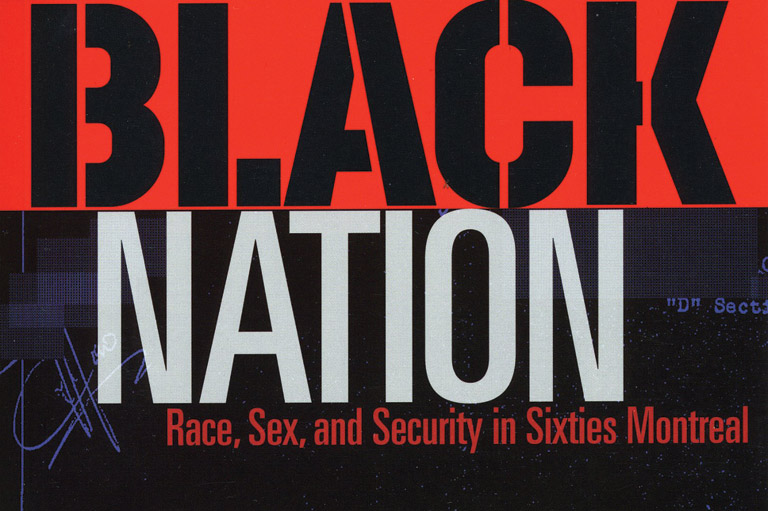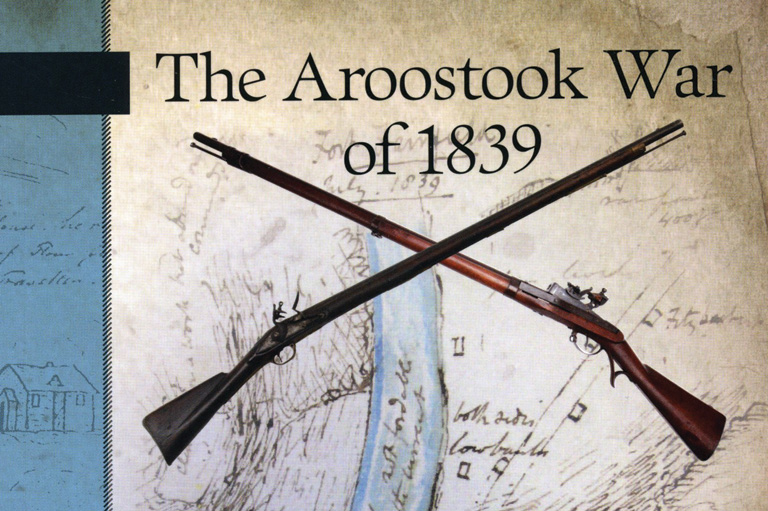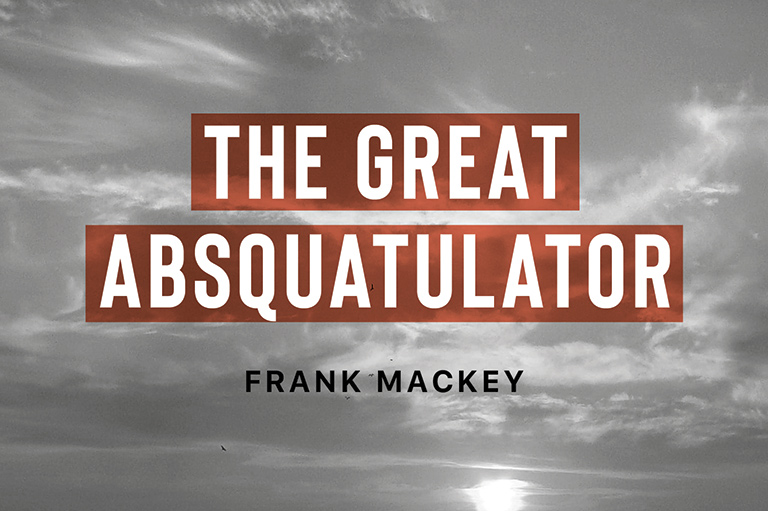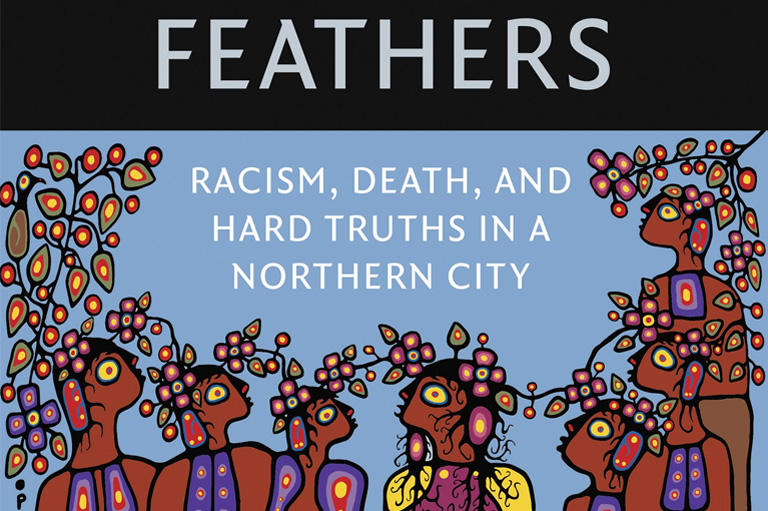Discover a wealth of interesting, entertaining and informative stories in each issue, delivered to you six times per year.
The Beaver Hall Group and Its Legacy
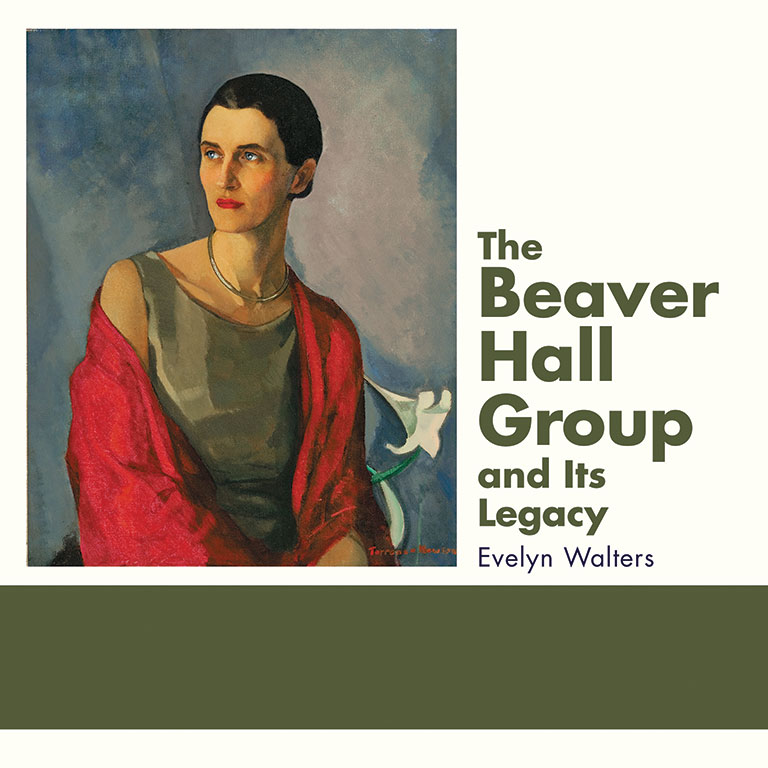
The Beaver Hall Group and Its Legacy
by Evelyn Walters
Dundurn Press,
180 pages, $60
The Beaver Hall Group’s first art show in early 1921 was organized “to give the artist the assurance that he can paint what he feels, with utter disregard for what has hitherto been considered requisite to the acceptance of the work at the recognized art exhibitions in Canadian centres.”
Active between 1920 and 1922, the Montreal group consisted of men and women in almost equal numbers — a gender-neutral stance uncommon for the era. Its second show, in 1922, was greeted with high praise from newspaper La Presse: “The club consists of … the most individualistic, the most enthusiastic and the most gifted of the young generation.”
Its members studied with William Brymner at the Art Association of Montreal, forerunner of the Montreal Museum of Fine Arts. Best-known among them are A.Y. Jackson, Edwin Holgate, Anne Savage, Sarah Robertson, and Prudence Heward. Most went on to individual careers, and five of the women were later joined by five more, forming the cluster known as the women of Beaver Hall.
Dozens of the group’s bold, energetic paintings — primarily portraiture and landscapes — are reproduced in Evelyn Walters’ The Beaver Hall Group and Its Legacy. (The book is her second foray into the topic, after The Women of Beaver Hall: Canadian Modernist Painters, published in 2005.)
Concise but thoughtfully organized and beautifully written, the book includes an introduction to the group’s place within modernist art, a list of group and individual exhibitions (both during and after the group’s existence), an appendix of newspaper reviews of its two major exhibitions, an index of works, and a general index.
The highlights are the colourful, brief chapters, with paintings and endnotes, for each of the twenty-five artists associated with the group. For every artist Walters provides a balance of career path and context, demonstrating the painters’ roles in shaping a unique and distinct Canadian art.


